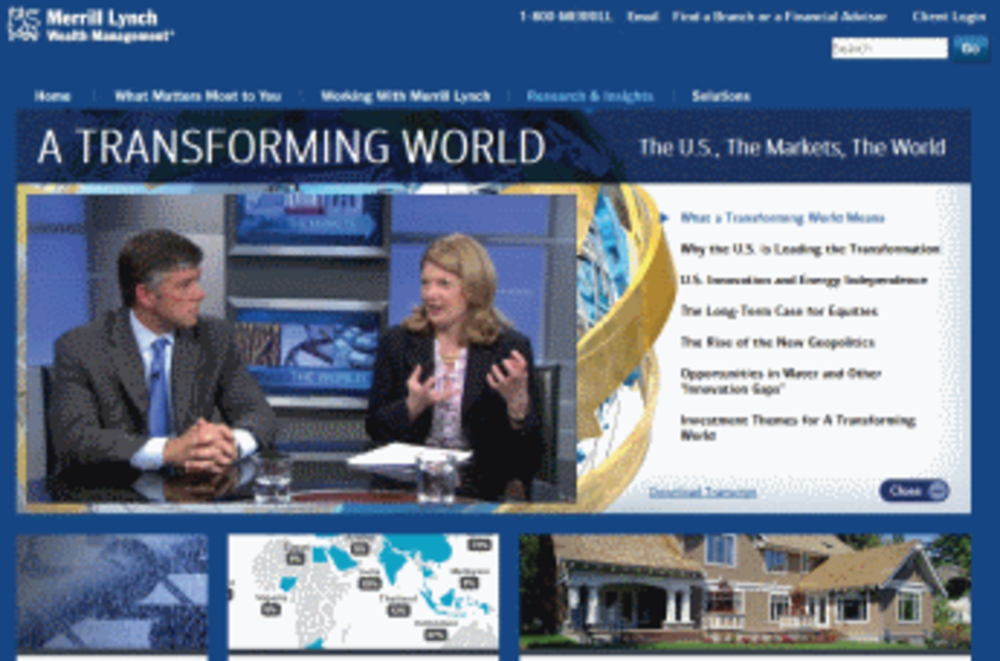If there’s one thing the average American consumer doesn’t want to read but probably should, it’s financial information. The marketers at Bank of America Merrill Lynch know this. The company also knows it has a responsibility to keep its clients engaged and informed about situations that will affect their financial futures. One of the challenges that the financial services institution faces with its content marketing is that topics are often arcane and dry.
“Roth IRAs was one example,” says John von Brachel, Merrill Lynch’s director of content and publications for its global wealth and investment division. “The insights and education can be around navigating a complex issue like [changing rules around Roth IRA conversions]. And we want to make sure our clients get ahead of those issues and the people who aren’t our clients understand the key issues.”
Naturally, content around Roth IRAs, which Merrill Lynch produced with marketing solutions provider HNW, had to be in plain language and visually engaging. But creating engaging media is only one part of the effort. Exposure is the other—and a crucible for any creative. It’s why Merrill Lynch designs its content to be turnkey and immediately available in multiple formats, print or digital.
“We have to make sure that our content can be found when people are looking for it,” says Joseph Corriero, Merrill Lynch’s director and head of digital marketing for its global wealth and investment division. “We live in a multichannel world so we must deliver that content and expertise across many channels at the exact same time. That’s how our clients consume media and that’s how we need to distribute it.” Some of Merrill Lynch’s content channel strategies are more mature than others. Its website and YouTube videos, for instance, are well-established. Others, such as using the social magazine app Flipboard to deliver visually attractive and relevant content, or hosting Twitter Q&As to engage an audience are more nascent.
One of Merrill Lynch’s most important channels for content delivery is its financial advisers (“The heart of everything we do,” Corriero says), who use content to engage and advise clients, much the same way a sales force might use whitepapers or slide decks to educate prospects.
Moving fast
The world of finance constantly fluctuates, which is why Merrill Lynch must be attuned to its clients’ feedback, as well as to external situations that might affect them. “Gold is a perfect example of that,” von Brachel says. When gold became a concern among investors, Merrill Lynch produced a video on its site in which its top strategist prosaically explained the situation. The content was designed for reuse by financial advisers: “We provide them with information that they can send to their client list,” von Brachel says (a platform from HNW helps financial advisers find and distribute the best information to clients). And if chatter about gold begins trending on Twitter, Merrill Lynch will respond with a link to its latest content on the subject.
Merrill Lynch tracks usage data and gathers feedback to understand how clients and advisors are using its content, as well as for gauging clients’ attitudes about it. The data includes client surveys, feedback monitoring via social listening, interviews with both advisers and clients, and the extent to which a video is being viewed or closed before it finishes.
All of this information helps Merrill Lynch tune its content strategy to meet its overarching goal: providing valuable information and education ahead of marketing events. “That’s an important reality,” von Brachel says. “When we’re grappling with a market correction or issues around the fiscal cliff or critical year-end deadlines, we have to make sure [our content is] timely and we stay ahead of those issues.”







